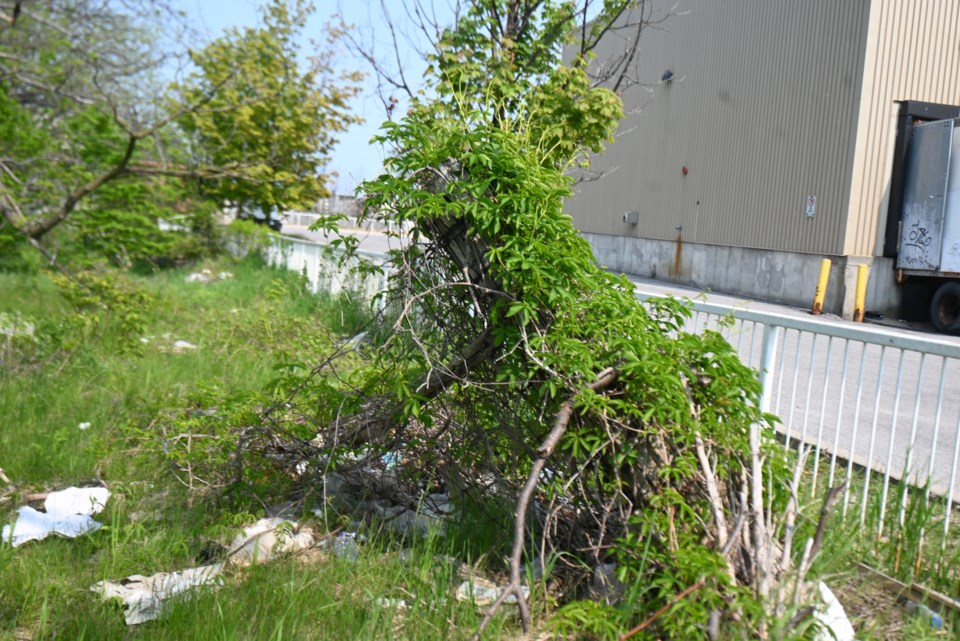York Region is bracing itself for an ongoing rise in homelessness expected to worsen this summer without enough shelter space to handle it.
The region has continued to experience significant rates of homelessness, with 524 on its list as of April, according to a regional staff report presented to council today.
The report highlights that the region has identified 202 individuals experiencing chronic homelessness in 2022, up from 124 in 2019. The region also experience a 22 per cent increase in calls from 2021 to 2022 for homelessness support, to 6,003 calls in total.
Newmarket Mayor John Taylor said homelessness will be another major issue this summer, with more encampments springing up.
“We’re going to see a significant, second year in a row, uptick in people experiencing homelessness, encampments across our community, across different ravines and parks this summer,” Taylor said. “It’s going to be challenging.”
The report identified the region as having 185 emergency housing beds and 56 transitional housing beds as of May. Taylor said that seemed to lag behind many comparators also struggling with homelessness, including London (305 emergency and 105 transitional) and Waterloo (about 458 adult emergency and 80 transitional). Regional staff is preparing a new homelessness service system plan to be presented in 2024.
The regional team is going to encampments across the region and working with residents there to find alternatives, whether in shelter spaces, hotel rooms or outside the community, director of homelessness and community programs Debbie Thompson told council. She said they use a "human rights lens," and have had success finding appropriate places.
But the challenge is the lack of spaces in shelters and housing facilities, she said.
“There is very limited capacity in the emergency or transitional housing facilities. Our facilities are near capacity or at capacity,” she said, adding that renting hotel rooms has been used as an alternative over the last several months.
Upper levels of government need to treat the issue as they would a natural disaster, Markham Mayor Frank Scarpitti said.
“If there was a flood, if there was a forest fire, there would be immediate accommodations for those individuals who don’t have a place to stay,” Scarpitti said, adding that the provincial government has billions in unallocated funding it could potentially use. “There’s got to be an innovative way to address the needs more urgently than is currently happening.”
He added that there is a need for solutions as the region works to develop more shelter space.
Georgina Regional Councillor Naomi Davison agreed it is an issue that needs to be addressed now. She added that even families with gainful employment can struggle with homelessness.
“There are few rental opportunities and supply is increasingly outpacing demand,” she said. “It’s leading to escalating rent prices and a variety of other really unpleasant outcomes."
Council agreed to consider holding a meeting specific to the issue of homelessness.
Regional council allocated an extra $12.8 million in its last budget toward improving social infrastructure, on top of the $31.8 million it has for programs addressing homelessness.
But Taylor said it is not enough, and everyone needs to contribute more.
“There’s a lot of complexity to it, and we want to make sure we’re using best practices,” he said.
